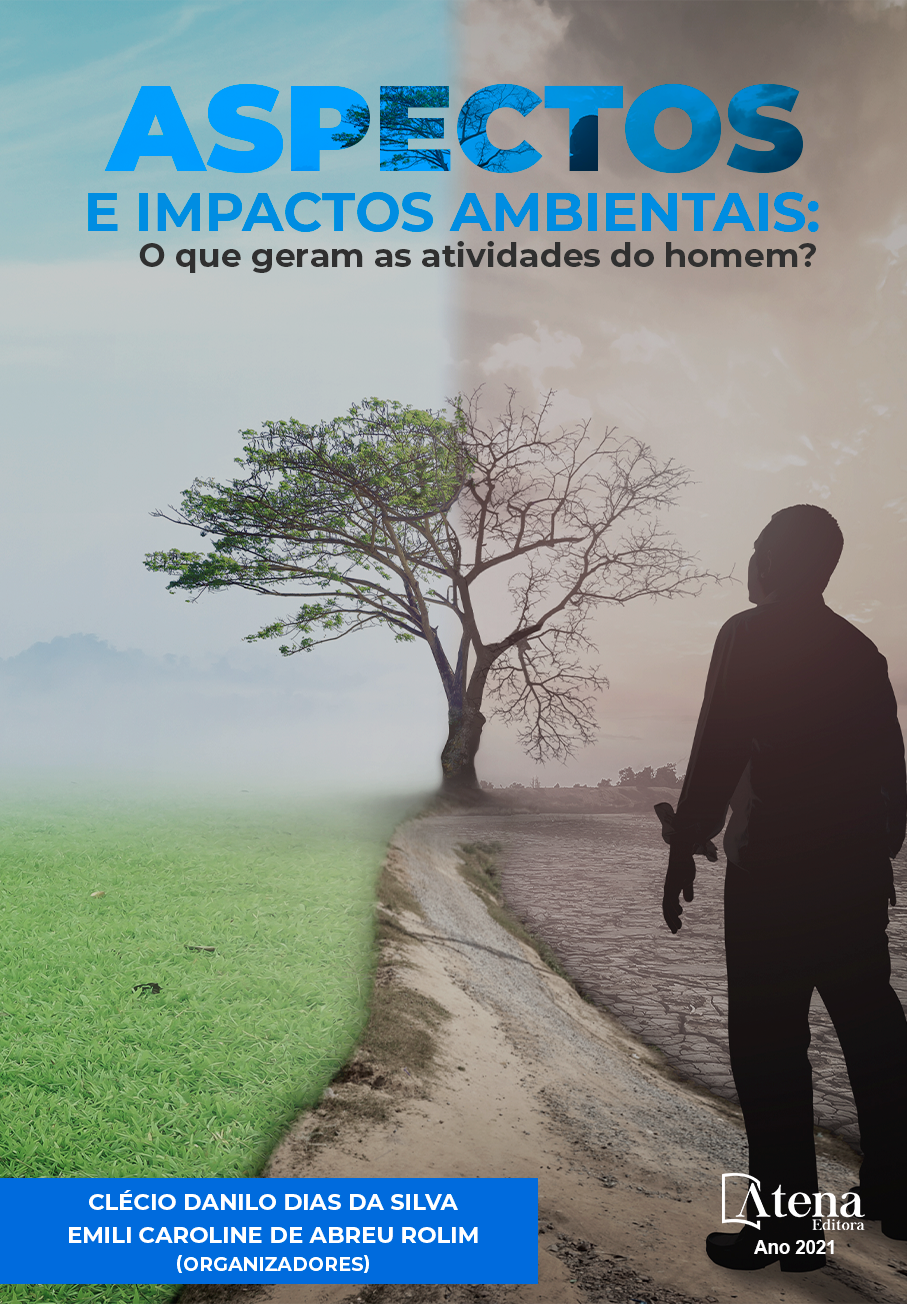
APLICAÇÃO DO ALGORITMO SAFER PARA MONITORAMENTO DA EVAPOTRANSPIRAÇÃO NOS BIOMAS BRASILEIROS
O algoritmo SAFER (Simple Algorithm for Evapotranspiration Retrieving) foi usado para análises da evapotranspiração atual (ET) em larga escala, nas diferentes regiões e biomas no Brasil, através da união de sensoriamento remoto e uma rede de estações meteorológicas, para o ano de 2016. Variações nos valores da ET entre as regiões e biomas foram fortemente detectadas, com taxas médias diárias trimestrais acima 3,0 mm dia-1 na região Sul, com os limites superiores no bioma Pampa, e abaixo de 1,5 mm dia-1 na região Nordeste, com limites inferiores no bioma Caatinga. A modelagem com uso do produto reflectância do satélite MODIS em conjunto com dados climáticos interpolados apresentou aplicabilidade para monitoramento dos fluxos hídricos na escala espacial de 250 m sob distintas condições termo hídricas ao longo do ano.
APLICAÇÃO DO ALGORITMO SAFER PARA MONITORAMENTO DA EVAPOTRANSPIRAÇÃO NOS BIOMAS BRASILEIROS
-
DOI: https://doi.org/10.22533/at.ed.5142112077
-
Palavras-chave: Modelagem, geotecnologias, recursos hídricos
-
Keywords: Modeling, geotecnologies, BIOMASS PRODUCTION, water resources
-
Abstract:
The SAFER (Simple Algorithm for Evapotranspiration Retrieving) algorithm and the radiation use efficiency (RUE) model were coupled to test large-scale remote sensing environmental indices for monitoring water and vegetation conditions in distinct geographic regions and biomes of Brazil. For this task, MODIS reflectance products and gridded weather data were used involving different thermo-hydrological conditions of the year 2016. Variations of ET values among regions and biomes were strongly detected, with average quarterly rates above 3.00 mm d-1, and bellow 1.50 in the South (S) and Northeast (NE) geographic regions, being these limits related to the Pampa (PP) and Caatinga biomes concentrated in S and NE, respectively. The large-scale modelling presented applicability for monitoring water and vegetation parameters at a 250-m spatial resolution under different Brazilian environmental conditions along a year.
-
Número de páginas: 10
- Janice Freitas Leivas
- Celina Maki Takemura
- Edlene Aparecida Monteiro Garçon
- Antônio Heriberto de Castro Teixeira


